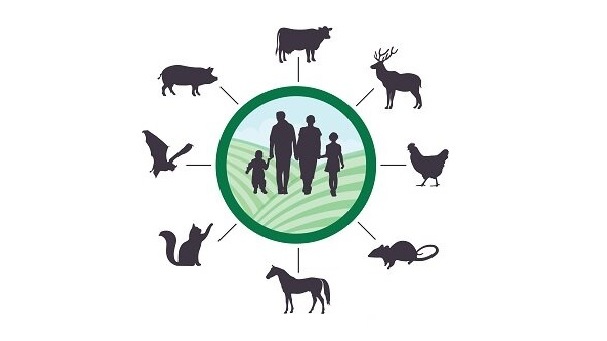A new study shows that altered weather patterns are responsible for changes in animal migration, leading to an increased spread of pathogens
By KATIE HELLMAN — science@theaggie.org
Climate change is responsible for a dramatic increase in extreme weather events, like droughts and heat waves, as well as natural disasters like hurricanes, flooding and wildfires. These issues are becoming more prevalent with every passing year as greenhouse gas emissions continue to rise.
Temperatures around the world have been increasing at alarming rates, according to a study published in JAMA.
“Primarily due to greenhouse gases released via combustion of fossil fuels, global average temperatures between 2011 and 2020 increased to 1.1 °C (approximately 1.9 °F) above preindustrial levels and are estimated to increase to 1.5 °C (approximately 2.7 °F) by 2040,” the study reads.
Infectious diseases can be caused by a variety of organisms, including viruses, bacteria, fungi and parasites. They can also be transmitted to and from many hosts, like from animals to humans (zoonotic diseases) and from humans to other humans.
George R. Thompson, lead author of the study and professor at the UC Davis School of Medicine, elaborated on how these diseases spread.
“Numerous infectious diseases are dependent upon environmental conditions for growth or their normal life cycle,” Thompson said via email. “This is highly pathogen-dependent, as some live in soil [and] others [are] propagated by ticks, mosquitoes, etc. A changing climate impacts all of these potential mechanisms of spread.”
Serious diseases like Zika, malaria and dengue are vector-borne diseases, meaning they are caused by pathogens transmitted from animals like fleas, ticks and mosquitoes to humans. Since climate change is leading to altered rain patterns, short and warmer winters and longer summers, there are subsequent alterations in the time periods in which these vectors are active. The regions in which vector-borne diseases are diagnosed are shifting as well, with increasing rates of disease being detected further north and west than they have been previously.
Data has shown that these vectors have more time to infect people due to temperature shifts, according to an article by the Centers for Disease Control and Prevention (CDC).
“Mild winters, early springs, and warmer temperatures are giving mosquitoes and ticks more time to reproduce, spread diseases, and expand their habitats throughout the United States,” the article reads. “Between 2004 and 2018, the number of reported illnesses from mosquito, tick, and flea bites more than doubled, with more than 760,000 cases reported in the United States.”
Weather pattern disturbances are also causing changes in the migration patterns of animals and significant habitat loss. As a result, wildlife territory has more overlap with human territory, creating increased opportunities for disease transmission.
Clinicians are being urged to increase infectious disease surveillance methods so that pathogens can be detected and dealt with before they significantly affect human health.
“Surveillance is largely dependent upon reporting to state/federal agencies,” Thompson said. “Newer methods use wastewater for pathogen detection and can hopefully provide notice when the incidence is rising.”
Written by: Katie Hellman — science@theaggie.org




